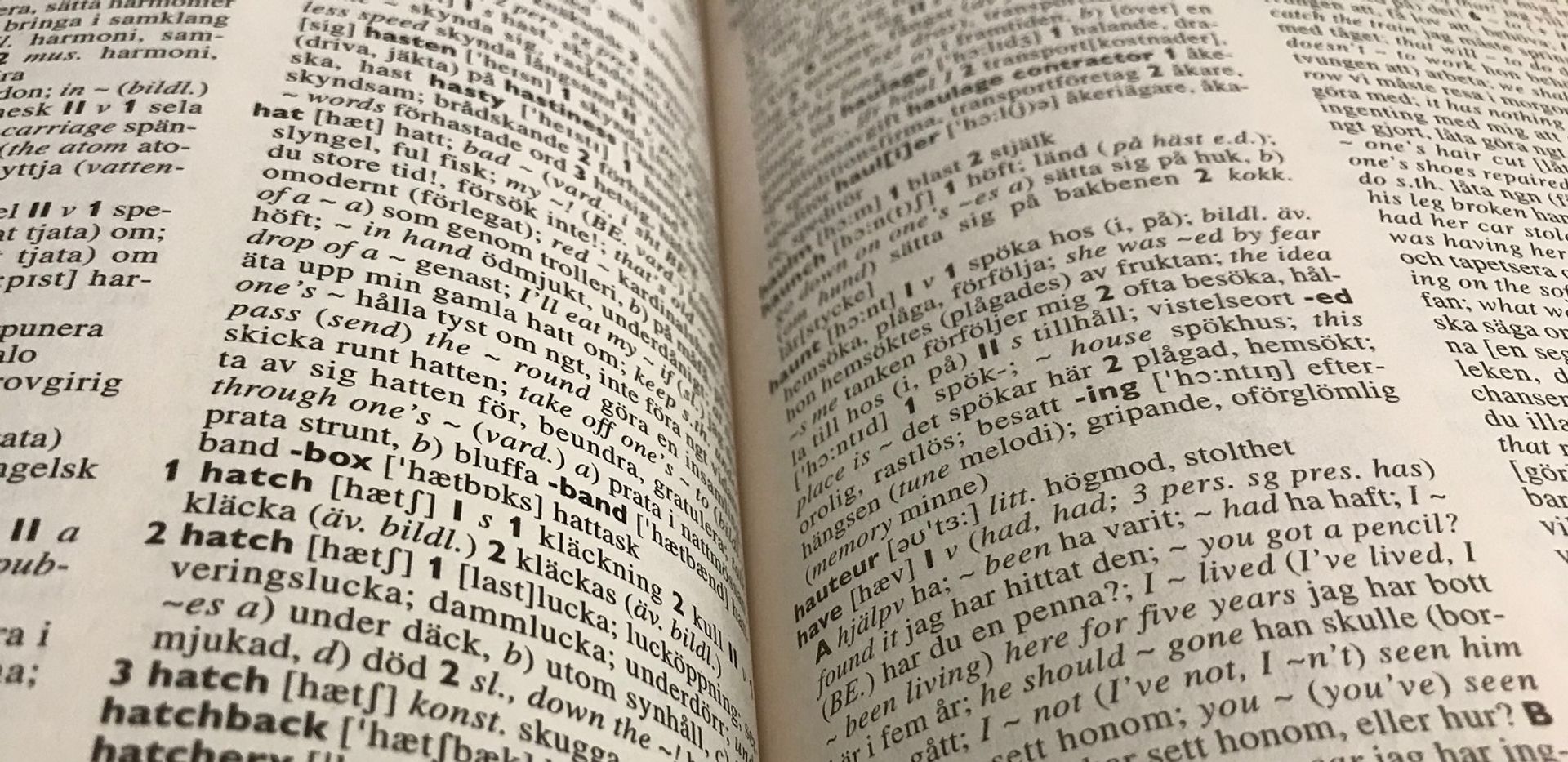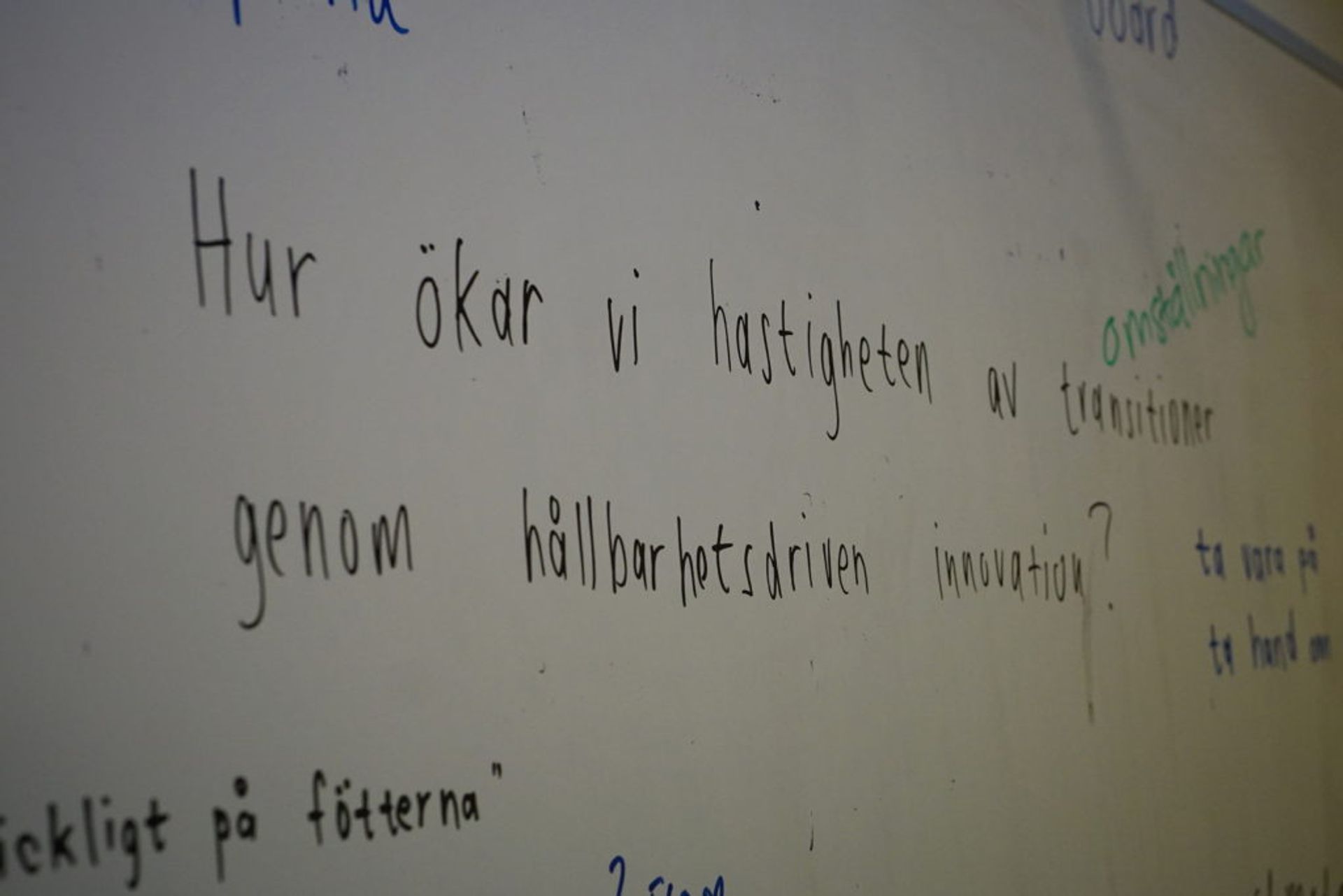
Written by Usisipho
05 Apr 2019
Are you trying to fit in while speaking English in Sweden? Trying to figure out what little speech patterns give away Swedes? Here are some tips to to help you know a bit about Swenglish!
What is Swenglish?
In general, Swedes have pretty good English, but one’s native language generally influences how we speak other languages. Quite simply, Swenglish = Swedish + English. That is, English spoken with some sort of Swedish style. A few things could qualify as Swenglish, in my opinion. Such as:
- Translating directly between Swedish/English, which leads to interesting word choice and grammar
- Using English words that on the surface seem to mean the same as a similar Swedish word, but actually mean something different
- Speaking English with Swedish rules or pronunciation.
- Casually mixing the two languages
Mixing (up) the languages
Mixing up similar words: “I fixed my isolation yesterday” someone tells you. “What?” you might think? “You fixed your state of being alone? Did you meet up with friends or…” you ask. No, they meant insulation. They fixed some sort of insulation at home! Despite how specific this word is, I’ve encountered this confusion a few times. Probably from studying at a technical university! Some more examples:
Leg / identification: If you’re at a bar and the doorman asks “Can I have I your leg?”, they don’t mean a limb. In Swedish, legitimation (leg for short) means an identity document.
Fun / funny: The Swedish words for these two are the same thing (rolig). If someone tells you they had a “funny time”, they probably mean an enjoyable time, not a humorous one.
Teach / learn: “Can your learn me something, quickly”. The Swedish words for learn / teach are the same (lära).
English loanwords: There are a few loanwords from English that come up in casual conversation. There are usually more conventional Swedish alternatives, but some of the words just seem to have caught on. Some examples: najs = nice, tejp = tape, okej = okay, webbsajt = website, mejla = to send (e)mail.

Pronunciation
Here are some Swenglish pronunciation quirks!
Pronounce “j” or “g” as “y”: “jump” sounds like “yump”, “jam” becomes “yam”, “joke” becomes “yoke”.
A popular joke is “If you commit a crime in Sweden, you go to Yale!”.
Pronounce “z” as “s”: “zoo” becomes “soo”, “zero” sounds like “see-ro”
Pronounce “v” as “w”: “very” becomes “wery”, “viking” becomes “wiking”
However, the most confused I’ve ever been is hearing “That’s a nice wee-yu”. “A nice what?!” I asked. View. That’s a nice view.
Pronounce “th” as “f”: “three” becomes “free” (or sometimes “tree”)
If you’re planning a meeting with someone, they might just tell you that they’re “free at free”.
Pronounce “ch” as “sh”: “chair” becomes “share”
So if a friend tells you that you have something on your “shin”, you should probably check your face, not your leg. And by leg here I mean limb, not identification.
The Swedish inhale
You might think some people are surprised by the smallest things. You could be talking to someone about something mundane, and then they gasp! Hey, maybe this person is just excitable? But then, you notice that a lot of people do it. What’s going on?!
Well, if you don’t know, inhaling/gasping during a conversation is often used to mean “yes” or “I agree” or “I’m following what you’re saying”. This is apparently much more common in the north of Sweden, but I’ve also noticed it down south.
Check out the above video to see how it sounds!
I probably messed up some of the Swedish in this post. Sorry. But hey, there’s Svengelska: which is in the opposite direction to Swenglish, from English to Swedish. Curious to learn about this? Let me know in the comments and maybe I’ll write a bit about it.



